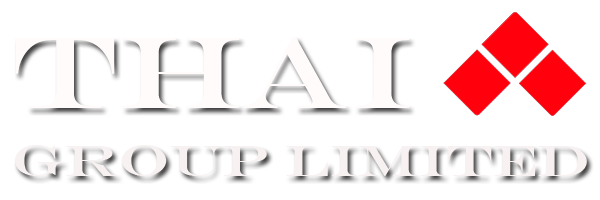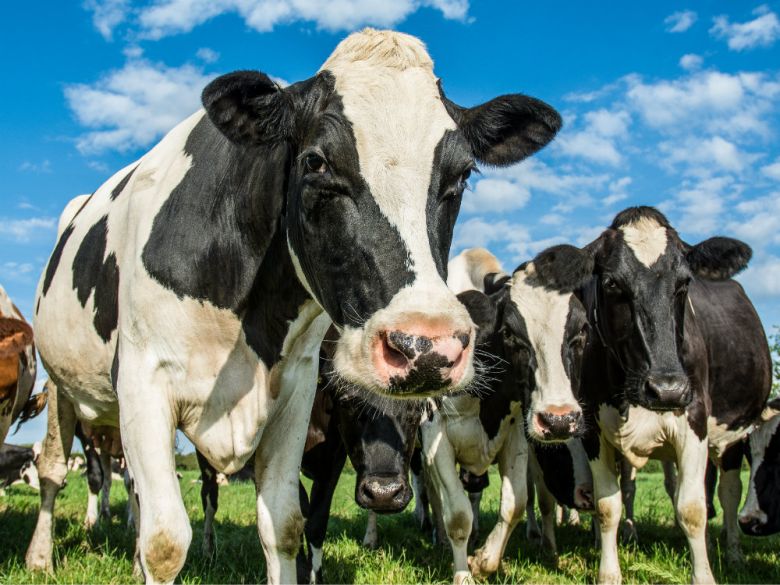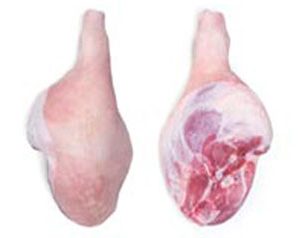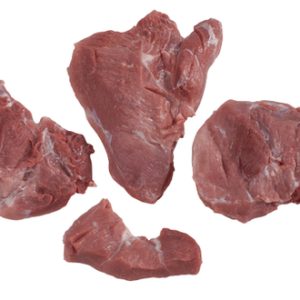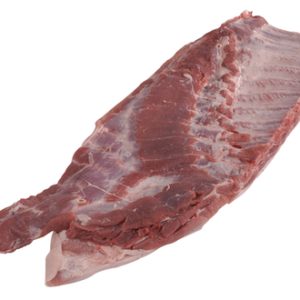Cattle are raised as livestock in small settlements in rural areas or in specialised farms. Their total numbers today is believed to be around 1.3 billion and raising every year as more are needed for the ever increasing population.
Although today the word cattle commonly refers to domesticated bovines, it has not always been the case. The word comes form Latin caput which meant movable personal property, especially livestock of any kind. It is also related to the Old French word chatel and interestingly capital in the economic sense. It is nowadays also colloquially called cow.
Cattle is very important livestock because of its very good ratio of produce/weight. They are primarily bred for meat (beef and veal), milk and other dairy products, and as draft animals for helping with pulling carts and the like. The meat of and adult cattle is known as beef and that of calves is veal. It is widely known that veal is a higher quality product that commands higher prices in the market, mainly because of the better taste and consistency that can only be achieved at earlier ages of the cattle.
There are over 800 recorded cattle breeds in existence worldwide, most of which adapted to various climates and terrains. Some of them though were bred by humans specifically for specialised uses and increased ratio of meat/weight. There are two main subspecies of cattle breeds: zebu (Bos Taurus Indicus) and taurine (Bos Taurus Taurus). The so called taurine are the typical cattle of Europe. Their main characteristic is their good adaptation to cooler climates commonly found in the Northern Hemisphere. Zebu are mainly found in hot temperature regions.
